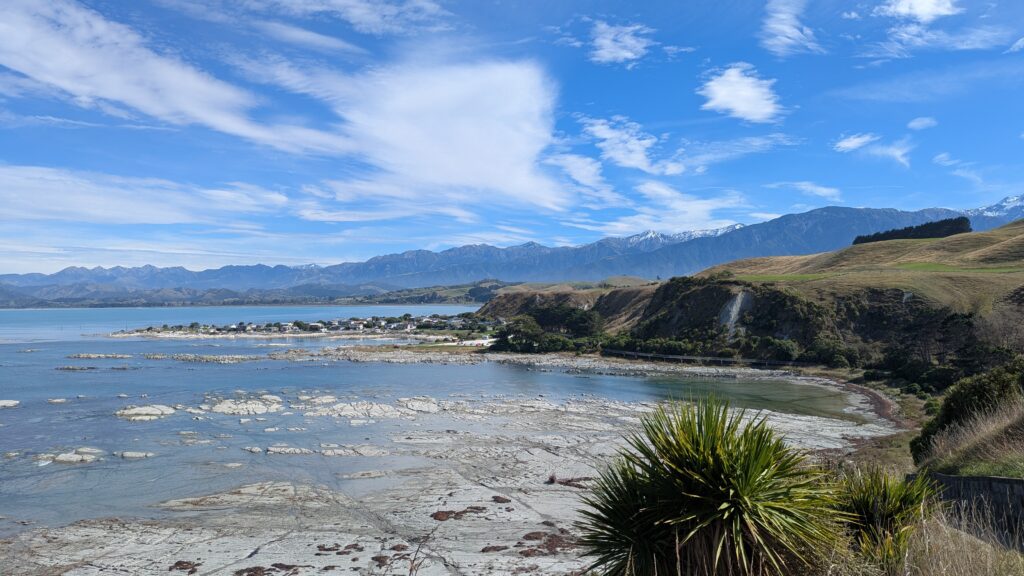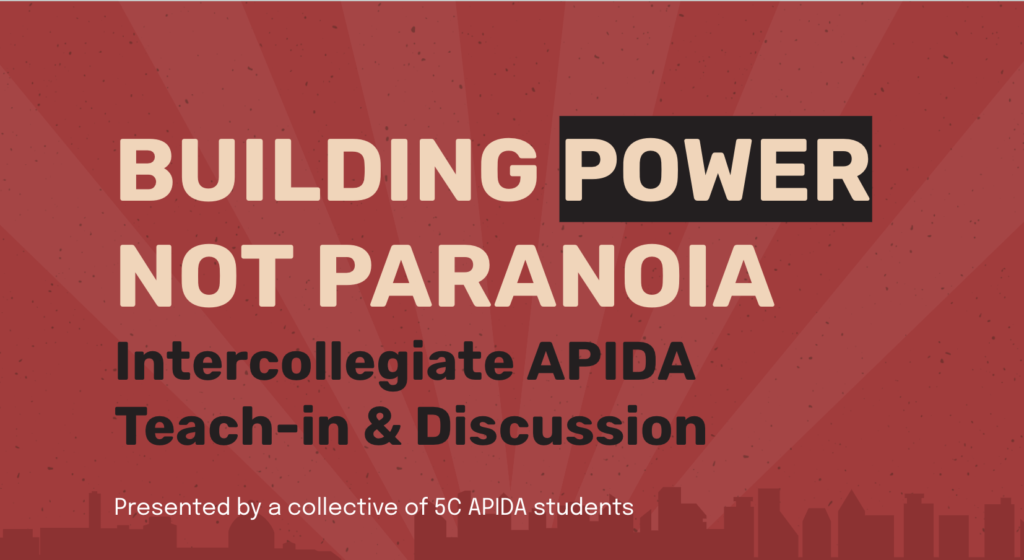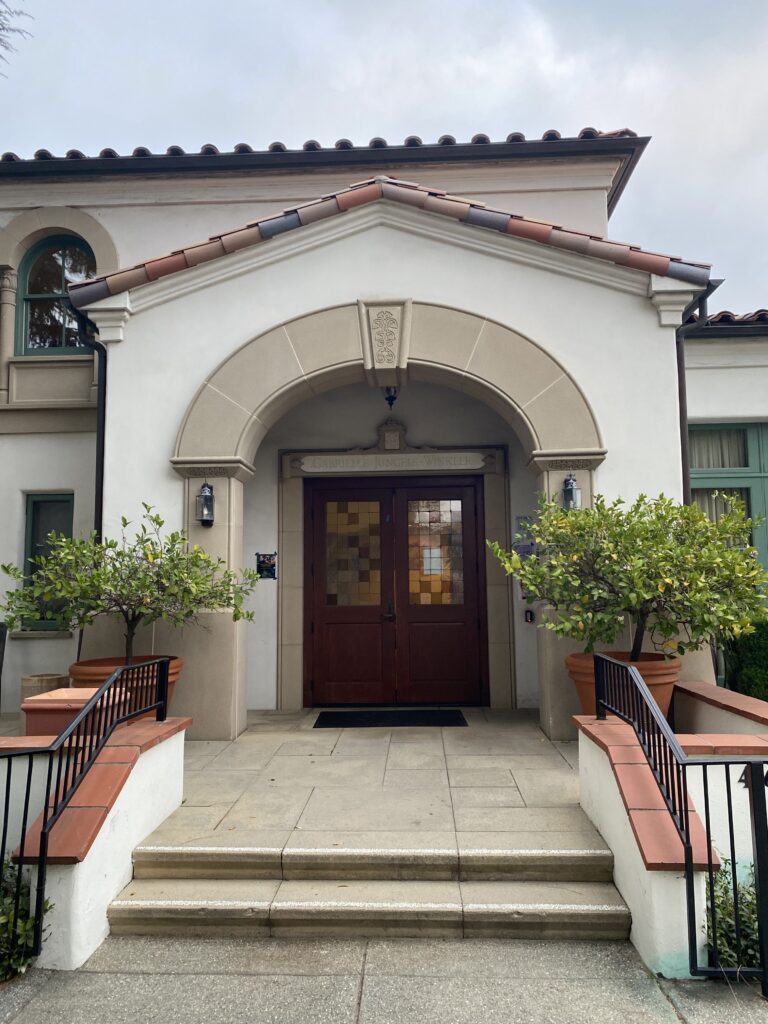Maggie Thompson ’20
Staff Writer
On Jan. 30, students returning to campus for the spring semester found their email inboxes filled with updates about CLORG events, guest speakers on campus and CP&R resources—yet one email, from Dean Charlotte Johnson, carried more weight than the rest. While Johnson began the email notifying students of coronavirus, she followed with an update on campus sustainability. According to this update, President Tiedens declared Scripps would begin working with Second Nature to develop a climate action plan; in effect, officially committing to carbon neutrality.
Until January 30th, all other Claremont Colleges besides Scripps had a carbon commitment. CMC’s dates back to 2007 and Harvey Mudd has committed to reducing emissions for over 10 years.
The road to Scripps’ carbon commitment did not come with ease.
This movement began in the spring of 2018 when the student group, Sustainable Empowerment, Education & Development at Scripps (SEEDS), decided to mobilize around institutional change, first seeking to make Scripps a carbon-neutral campus. SEEDS members concluded the organization Second Nature, a national nonprofit which assists institutions of higher education with achieving carbon neutrality, would provide the most robust resources for staff and administration. Notably, a Second Nature membership also promotes transparency and accountability throughout the emissions reductions process.
At the beginning of the process, SEEDS members discussed the possibility of signing onto the Second Nature Carbon Commitment with Scripps’ then sustainability coordinator Tiffany Ortamond, but when the position became empty that year, students pursued the issue on their own.
Over the course of the next year, meetings with higher level administration officials left the issue unmoved on both the carbon commitment and on the hiring process for a sustainability coordinator. Furthermore, through the process, students reported the path forward becoming increasingly convoluted and unclear. According to Julia Beckwith (SCR ‘21) co-president of SEEDS, “every administrator we met with pointed us in a different direction.” Confusion about the proper channels to institutionalize this commitment acted as a continual barrier through the student’s process. Commenting on the process, Sophie Perry, Garden Coordinator for the Scripps Student Garden affirmed, “we were trying our best to work with the administration, but that became difficult when there was no clear path in doing so.” Only by the end of the spring 2019 semester were students directed to the budget process’ central role in the commitment.
To address the slow and reportedly evasive process of institutionalization amidst imminent student turnover, organizers mobilized the Scripps and 5C community to create pressure on the administration and expand the priorities of the college. Students began organizing alumnae and student support for a year before the movement culminated in a full protest that integrated art-making with marching through Balch. Environmental activists including the Scripps Student Garden, the ReGen Coalition, the Sunrise movement, and SAS, organized as a coalition, together presenting the carbon commitment demands to the president’s office on Nov. 15, 2019. In the aftermath, SEEDS members employed an email campaign requesting Tiedens sign on to Second Nature.
These actions sent a clear message: the Scripps community demands climate action.
President Tieden’s dedication to Second Nature should be embraced with pride as the first step in the right direction, as it symbolizes a major victory in student organizing, and a foot in the door with regard to well-institutionalized sustainability. Yet, this step should also be regarded with a healthy amount of skepticism, acknowledging the movement does not end with setting a timeline for carbon neutrality. Without an official declaration from the board of trustees regarding the amount of financial investment dedicated to the commitment, there is still much to be said regarding the robust nature of Scripps’ dedication to sustainability.
At present, the Second Nature carbon commitment gives Scripps two months to both designate an implementation liason for the commitment and create an institutional structure to guide the development and implementation of the carbon commitment. Scripps then has a full year to complete an initial greenhouse gas emissions survey to acquire baseline data and two years to declare an official carbon reduction goal, including the official target date for achieving neutrality.
Scripps signing onto Second Nature is a direct result of student efforts, yet organizers have been transparent about the danger in having a commitment that does not execute a robust neutrality goal. Having a goal that is both ambitious and realizable is a must. That requires funding resources behind said goal and having a sustainability coordinator on staff.
Though Harvey Mudd has had a carbon commitment for over a decade, the school has struggled to monitor and report data. Many companies and institutions nobly commit to carbon neutrality on the face of it but real leaders include those who set and meet their ambitious goals.
Acting on sustainability means more than just commiting to the environment through student turnover, it means both acknowledging our role in a broader system of environmental injustice and climate change, as well as taking responsibility for that role. As a leader in higher education, it is imperative Scripps recognizes our position in shaping a sustainable society. Signing onto a climate action plan is the first step in that process, and we can take pride in this first step, thanks to the organizing efforts taken by students, faculty, staff, and community members that supported this movement.
As we wait and watch for the Presidential Budget Committee’s response to this commitment, the message from the community remains clear: we must act on climate and we will stand together strong now and in the future demanding robust climate action.
Image Credit: Julia Beckwith ’21





